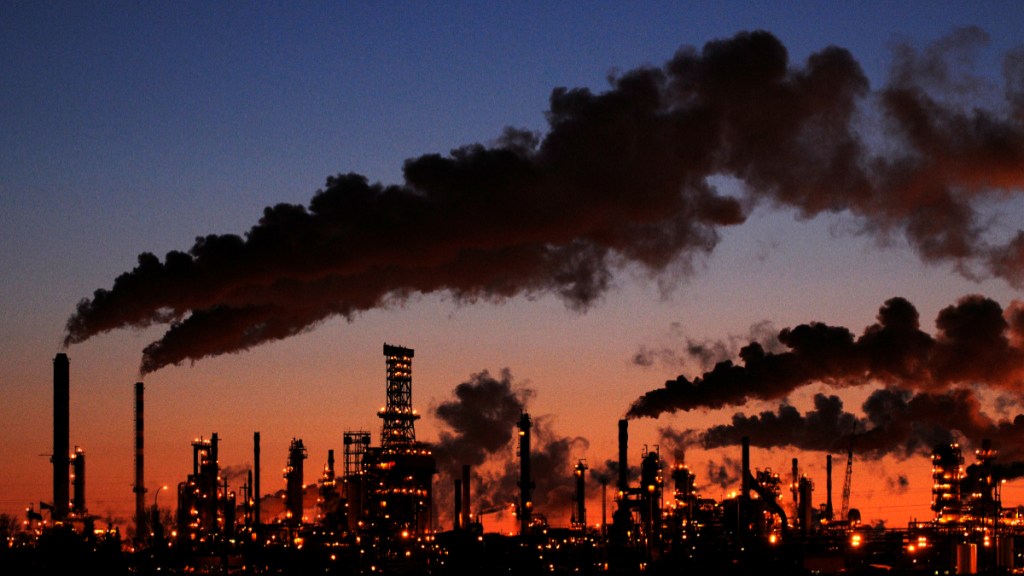By Bose Varghese
In December 2022, the EU Parliament approved a new tariff regime—the Carbon Border Adjustment Mechanism (CBAM). Upon enforcement on October 1, 2023, the CBAM will usher in a new era of carbon taxation in international trade. The stated goals are to avoid emission leakage (moving emission-intensive production out of the EU to jurisdictions that have less stringent rules for emissions) and encourage non-EU countries to embrace cleaner production.
Unlike other emission reduction programs such as the EU Emission Trading System (ETS) and India’s Perform-Achieve-Trade (PAT) scheme, where emission or energy reduction relative to a benchmark was considered, the CBAM will take into account the entire embedded carbon of the goods for taxation. This means that emission measurement will extend to the upstream value chain, and goods covered will continue to face CBAM taxation until they achieve net zero emissions.
The CBAM will follow a calibrated and phased implementation. In the preparatory phase prior to the enforcement of the CBAM from October 1, importers are required to register with the respective national authorities. In the transitional phase between October 1, 2023, and December 31, 2025, the EU importers will, by May 31 of each interim year, declare the goods imported and their embedded emissions for the previous year, without any tariff obligations. In this phase, the mechanism will cover six sectors—iron & steel, aluminum, cement, fertiliser, electricity, and hydrogen—and their direct (Scope 1) emissions. At the end of this period, the European Commission will evaluate whether to extend the CBAM to more sectors or to include indirect (Scope 2) emissions in the embedded emissions calculation. Producers are required to measure and provide emission data to importers. In the absence of such data, importers can use default benchmarks that may be punitive in nature.
From January 1, 2026, the definitive period begins. By this time, the CBAM will expand to cover 50% of all EU ETS sectors. From here on, importers will be required to make annual declarations, buy CBAM certificates equivalent to embedded emissions in their imports, and surrender them.
The price of CBAM certificate will be calculated based on the weekly average auction price of allowances in the EU ETS, reported as in euros/tCO2. This unit price is currently inching close to 100 euros and is expected to move significantly higher going forward.
Between 2026 and 2034, while non-EU producers will be covered by the CBAM, EU-based producers will continue to be covered under the EU ETS. By 2034, the EU ETS will be fully phased out, and the CBAM will be fully rolled out, with all sectors under the EU ETS brought under it.
Although the EU claims that the CBAM is in full compliance with the World Trade Organization (WTO) rules, questions remain. The government of India has already written to WTO describing the CBAM as protectionist and discriminatory.
How does the mechanism fare when it comes to cost competitiveness of covered goods? It must be noted that the sectors covered under the CBAM, except hydrogen, are covered under the EU ETS. That means these sectors have already undergone significant decarbonisation.
Therefore, non-EU products are likely to be much more carbon-intensive, leading to significant carbon tax under the CBAM. The free emission allocation that these sectors continue to benefit from under the EU ETS will be neutralised by applying the CBAM to only that portion of emissions not supported by free allowances.
Even then, the CBAM applied on embedded emissions at the EU-ETS carbon-price levels could inflict serious harm to exports from India and other countries to the EU. On top, there are the costs of emission measurement and certification that come with the CBAM.
A significant built-in equaliser in the CBAM is the provision to deduct any carbon price paid in the country of origin from the calculated CBAM taxation. With this provision, it is reasonable to imagine that many non-EU nations will try to implement some form of carbon pricing internally to stop the outflow of money. This may just be the nudge that India needs to create a national compliance market for carbon.
The EU is India’s second-largest trade partner, according to the Union ministry of commerce and industry. The sectors covered under the CBAM are hard-to-abate, and the emission-intensity of Indian products from these sectors remains high.
While the CBAM itself will be tested in the courts of law across the world, it is likely to prevail in the current or a modified format.
In fact, more countries like Canada and Japan are expected to implement similar tariff systems, eventually making carbon tax a norm in international trade. For many developing and least developed countries, this will be just one more slice of ‘loss and damage’ from climate change. However, for a fast-growing economy like ours, it is crucial to take action to decarbonise our industries and simultaneously raise our voices against discriminatory tariff regimes.
(Senior director, ESG Cyril Amarchand Mangaldas)

